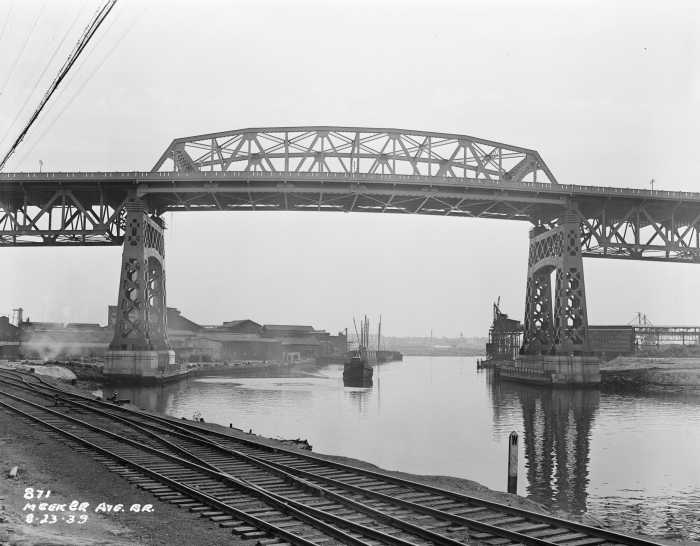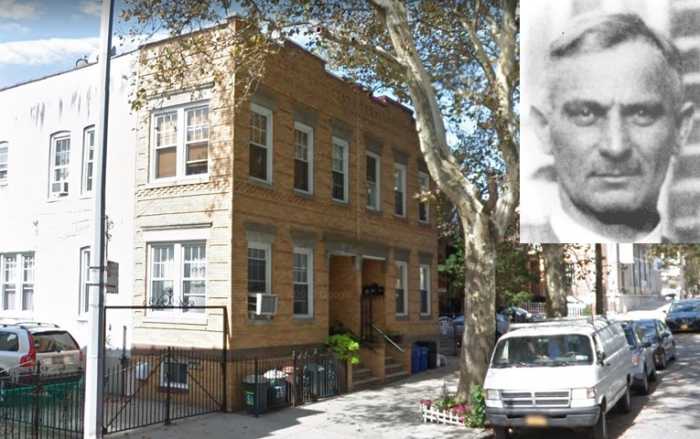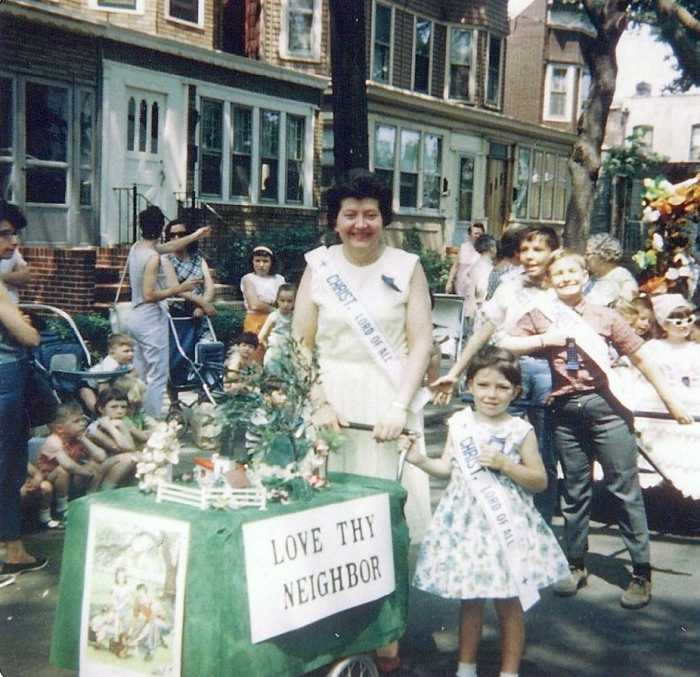In conjunction with the Greater Astoria Historical Society, TimesLedger Newspapers presents noteworthy events in the borough’s history.
Welcome to January 1935!
Hard work in forming the jury that decides the fate of Bruno Richard Hauptmann, the man charged with slaying little son of the Lindbergs. Each potential juror, farmers, small shop keepers and retired businessmen, plus a few housewives, takes the stand and faces a staccato of questioning from the defense.
“Are you prejudiced against this defendant because of anything you have read?” Time after time the potential juror admits that he’d formed a strong opinion that no evidence, whatever its nature, could sway his judgment. The judge succeeds in seating only a man and a woman the first day. Later that week, the defense attorney says he will name four suspects in the kidnapping of the baby.
College Point is again in the news as fire sweeps the L B Kleinert Co Factory, at 26th Avenue between 127th and 128th streets. The building burns as wind whips flames fed by acids and chemicals. Starting in the acid room of the rubber manufacturing plant, the fire completely destroys one section of a top floor. More than 125 employees are out of work. It is discovered by a watchman at 2:30 a.m. and quickly grows to three alarms. A call for aid goes out and help arrives from along the North Shore. Flushing was out on another call, so the assignment is handled by Battalion Chief Uhl of Bayside. A tower from the Bronx is carried across the Sound by ferry boat. One fireman is knocked unconscious when ladder falls on him. The following day, ice coats the building.
Red sympathizers stage a demonstration in high school. Police are called to eject men at the august halls of Newtown High. They demand a cut in lunch prices and free food for children of unemployed. Earlier that week, four students on the bridge at 91st Place give out handbills listing demands. One of the students claim they are expelled. A red Hammer and Sickle is painted on sidewalks in front of every school in Corona. School officials try to scrub them away, but they are plainly visible. Mailboxes and lobbies were cluttered with Communist throwaways in Newtown. A girl refuses to salute the American flag at school exercises held in a Queens park.
On a typical day at the Queensborough Bridge, 10 horse-drawn vehicles head to Queens, and nine back to Manhattan. On that basis the Star-Journal surmises that the horse population in Queens is slowly growing. A census reveals that 103,151 vehicles use the bridge in one day. More than 80,000 vehicles are passenger cars; the balance are trucks.
Residents of a certain street in Flushing complained that their block had potholes and broken sidewalks. About two months ago the city comes in to put a new surface on the street. A work crew shows up mid-morning with shovels and a plow. They take a couple of hours to remove cinders and dirt. Later, some appear in the afternoon and shovel a new hole. That day a mound of dirt appears. The shovelers disappear. They came back after a day with a tar pot and a load of asphalt and stones. With great leisure about 50 feet of macadam pavement is laid.
After the Thanksgiving holiday, a few days elapse before workman come back again. With the same leisure, another 50 feet of pavement is laid. Once more they vanish. No workers have shown up in the New Year. The pile of dirt, the handiwork of the gallant crew, can be seen no more as it is buried under about three or four inches of snow. By spring it will be gone — scattered about. Manholes tower 3 and 4 inches above the unfinished street. At this pace the city will get to the corner in time for President Roosevelt’s next inauguration — that is if all goes well. Of course, you never can tell about that heat next August.
That’s the way it was in January 1935! For more information, call the Greater Astoria Historical Society at 718-278-0700 or visit www.astorialic.org.




































